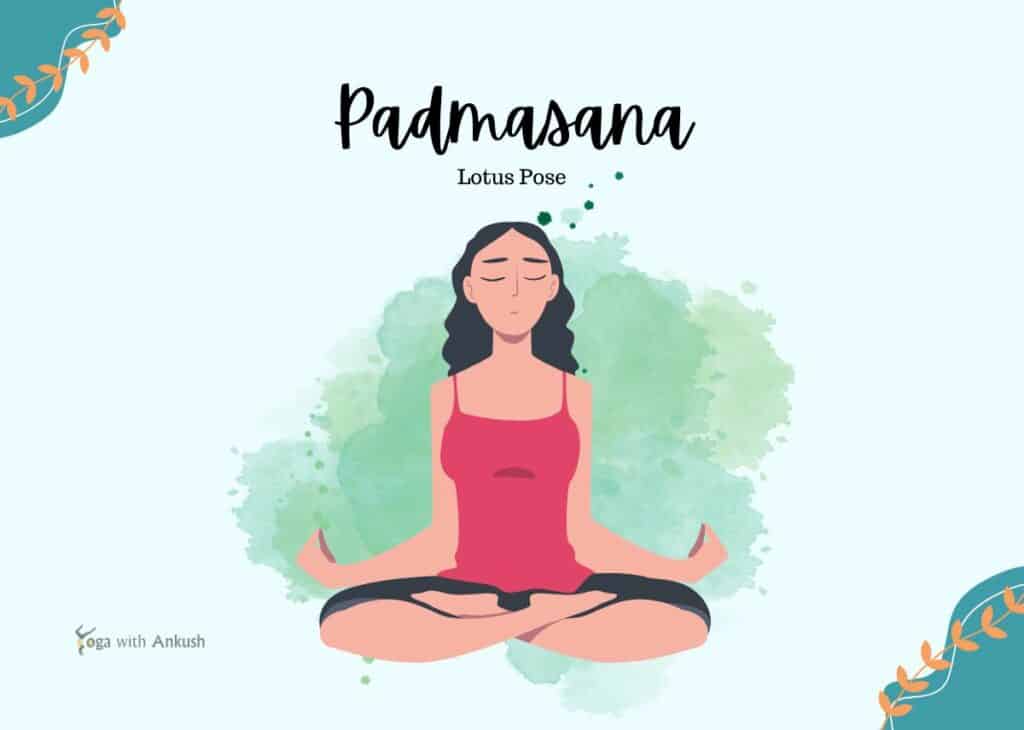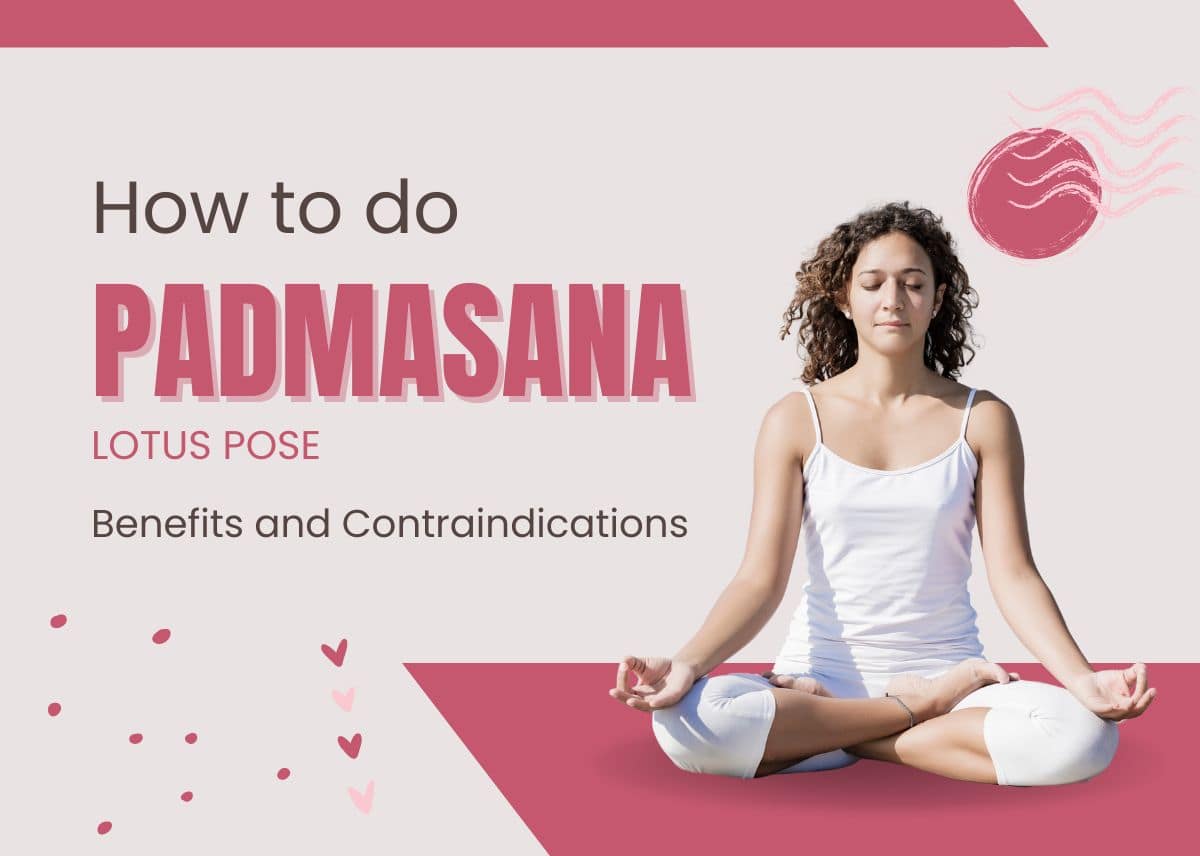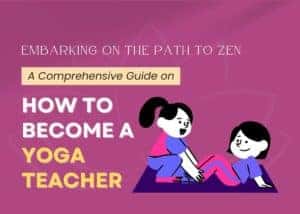Embarking on the journey of yoga, the Lotus Pose stands out as a quintessential position known for its deep-rooted history in meditative practices. This ancient posture is revered for enhancing mental calmness and physical stability.
It’s crucial for practitioners to approach this pose with mindfulness, since proper execution requires flexibility in the hips and knees.
Table of Contents
The tranquil essence of Lotus Pose promises a gateway to heightened awareness and a serene mind. On the flip side, it’s vital to heed its contraindications, as it can exacerbate existing injuries.
Novices or individuals with limited flexibility should consider gradual progression towards this pose or consult with a yoga instructor for alternative postures.
With its ability to integrate the mind, body, and spirit, Lotus Pose remains a core element in yoga routines for those seeking balance in their daily life.
Getting Started With Padmasana (Lotus Pose)
Are you ready to fold into the serenity of Lotus Pose? This iconic yoga position promotes a deep sense of calm and stability. But before leaping into the pose, let’s explore how to start on the right foot!
Understanding The Basics
Lotus Pose, or Padmasana, is a seated yoga posture known for its benefits in meditation and breathing exercises. The shape simulates a lotus flower – symbolizing purity and enlightenment in many cultures. Balance and symmetry are core to this asana.
Preparation And Warm-up
Warm muscles result in a smoother Lotus Pose experience. Always start with preparation exercises to ease into the pose safely. Here’s how:
- Begin with a few minutes of light cardio to increase circulation.
- Continue with some basic stretches focusing on your hips, thighs, and knees.
Butterfly Stretchand Seated Forward Bend are great starters.- Follow with ankle and knee rotations to lubricate the joints.
After these warm-ups, your body will be more flexible and ready for Lotus Pose. Remember, ease into the asana for the best results. Do not force your body into the position.
| Warm-Up Exercise | Benefit |
|---|---|
| Light Cardio | Increases blood flow |
| Basic Stretches | Prepares muscles |
| Butterfly Stretch | Loosens hips |
| Seated Forward Bend | Stretches spine and legs |
| Ankle and Knee Rotations | Lubricates joints |
Mastering Lotus Pose
Mastering Lotus Pose (Padmasana) blends mental calm with physical agility. This ancient seat symbolizes purity and paves the way for deeper meditation practices. Learning Lotus Pose offers numerous benefits, from improved concentration to enhanced flexibility.
Before embarking on this journey, acquaint yourself with potential contraindications, such as knee or ankle injuries, and seek guidance to determine if Lotus is suitable for you.
Step-by-step Guide
Follow these steps to carefully enter Lotus Pose:
- Start seated with legs extended in front.
- Bend one knee, bringing the foot to the opposite hip.
- Repeat with the other leg.
- Rest hands on knees, palms up.
- Keep spine elongated and breathe.

Tips For Alignment
Proper alignment helps maximize Lotus Pose benefits.
- Engage your core: Support your posture from within.
- Open your hips: Practice hip openers regularly.
- Check your knees: Ensure there’s no pain.
- Distribute weight evenly: Balance the sit bones.
With practice, Lotus Pose becomes more accessible. Persistence and patience are key. Practice under expert supervision if you are a beginner. Enjoy the serenity and strength of mastering Lotus Pose!
Physical And Mental Benefits
The Lotus Pose, known as Padmasana, is more than a symbol of tranquility. It offers extensive benefits that enhance our well-being. Discover how this quintessential yoga pose can transform your physical and mental health.
Improves Flexibility
Padmasana challenges your lower body. It stretches your hip flexors, knees, and ankles. Here’s a snapshot of the flexibility benefits:
- Deep hip opening: Relieves the stiffness in your hips.
- Enhanced knee movement: Encourages mobility in the knee joints.
- Better ankle flexibility: Prevents foot and ankle injuries.
Calms The Mind
Lotus Pose is a sanctuary for a busy mind. Regular practice promotes tranquility and mental clarity. Experience these calming effects:
- Reduces stress
- Quiets the mind’s chatter
- Boosts focus and concentration
Potential Contraindications
The Lotus Pose, or Padmasana, is a quintessential yoga posture known for its wonderful benefits. While many regard it as a key practice for meditation, caution is important. Understanding the potential contraindications is essential before adding it to your routine.
Not everyone should perform the Lotus Pose. Some health issues might worsen with this pose. Let’s explore specific cases where caution or avoidance is necessary.
Knee And Ankle Injuries
Those with knee or ankle conditions should approach Lotus Pose with care. The twisting involved can strain these joints. If you have recent injuries or chronic pain in these areas, consider a modified pose or skip it altogether.
- Meniscus tears: Avoid deep bending.
- Ligament injuries: Lotus Pose can add unwanted stress.
- Ankle sprains: The position may put pressure on weak ankles.
Listen to your body and consult with your doctor or a trained yoga instructor for safe alternatives if needed.
Pregnancy
During pregnancy, the body goes through significant changes. The relaxin hormone loosens ligaments making joints more susceptible to overstretching. Delivering a child also alters balance and center of gravity.
| Trimester | Consideration |
|---|---|
| First | Maybe safe, but start with caution. |
| Second and Third | Avoid due to balance and joint concerns. |
If you are pregnant, always seek advice from a healthcare professional. They can recommend safe prenatal yoga poses for you.
Modifications And Variations
Embracing the Lotus Pose (Padmasana) can enrich your yoga practice. Yet, sometimes this pose may seem daunting. Fear not! Various adaptations cater to different skill levels. These adjustments ensure a safe and personalized yoga session. Beginners, experts, and everyone in between can benefit from these tailored approaches.
Using Props
Props offer support and increase comfort in your Lotus Pose journey. They ease tension and encourage proper alignment. Consider these prop suggestions:
- Yoga Blocks: Place under your knees to reduce hip strain.
- Blankets: Folded blankets boost your pelvis for better posture.
- Bolsters: Rest your thighs on a bolster for gentle elevation.
Half Lotus Pose
Not ready for Full Lotus? Try Half Lotus! It’s a step towards the classic pose. Here’s a simple guide:
- Begin seating with legs extended.
- Bend one knee.
- Rest the foot on the opposite thigh.
Ensure your spine stays erect. Repeat on the other side for balance.
These variations respect your body’s limits. They promote a mindful approach to Padmasana. Over time, with patience and practice, you’ll notice improvements in flexibility and ease.
Frequently Asked Questions For How To Do Lotus Pose – Benefits And Contraindications
What Are The Contraindications For Lotus Position?
The lotus position is not advised for individuals with knee or ankle injuries, and those with sciatica or issues with the lower back. Pregnant women should also approach it with caution or seek medical advice before attempting.
What Is The Disadvantage Of Lotus Pose?
The lotus pose can strain the knees and ankles if performed improperly or if one lacks sufficient flexibility. It requires careful progression to avoid injury.
What Are The Benefits Procedure And Contraindications Of Padmasana?
Padmasana, or Lotus Pose, offers multiple benefits: it enhances posture, eases menstrual discomfort, and promotes mental calmness. The procedure involves sitting with crossed legs and feet on opposite thighs. Avoid Padmasana if suffering from knee or ankle injuries.
Who Should Not Do The Lotus Pose?
Persons with knee, ankle, or hip injuries should avoid the lotus pose. Those experiencing pain or with limited joint mobility should also refrain from this posture to prevent discomfort or injury. Pregnant women should consult with a healthcare provider before attempting.
Conclusion
Embracing the Lotus Pose can profoundly benefit your mind, body, and spirit. As we’ve explored, it enhances flexibility, focuses the mind, and nurtures tranquility. Remember to heed the contraindications to ensure a safe practice. With regular effort and proper technique, Padmasana might just blossom into a cherished part of your yoga journey.
Also Read:







